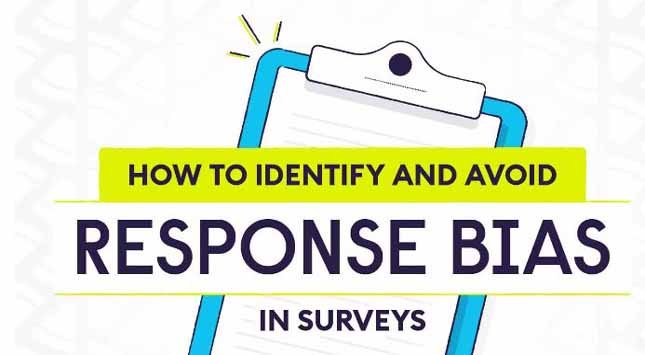Understanding your customer is critical to running a successful business. One of the most effective and efficient ways to gain a comprehensive understanding of how your customer thinks and feels about your product is by collecting feedback through surveys.
However, if the survey isn’t structured correctly, it could lead to inaccurate results. A survey needs to be crafted in such a way that it’s not vulnerable to response bias.
Response bias, which causes survey participants to answer questions inaccurately, can be caused by numerous factors, such as leading questions, which inadvertently directs respondents to choose a particular answer, the length of time it takes to complete the survey, and the order of questions.
Asking participants to volunteer for surveys can also cause response bias as most of the time people only volunteer their time to issues or organizations they have a strong connection (positive or negative) with. If survey bias occurs, you might misunderstand how your customers truly feel about your product, in which case the results of the survey will likely not be very useful to your business.
There are a number of ways to guard against response bias and structure surveys in a way that will give you accurate information about your customers. You will want to make sure to use language that is simple and straightforward, consider the knowledge level of your audience, and provide additional information when necessary.
Also, make sure to avoid leading customers to a particular answer. If customers think you want them to answer a certain way, they might just do that.
The guide below from Chattermill offers additional information on how to identify and avoid response bias and get more accurate data for your business.


